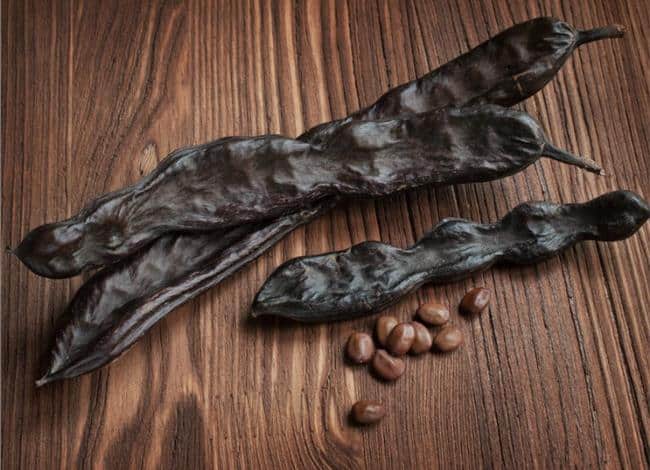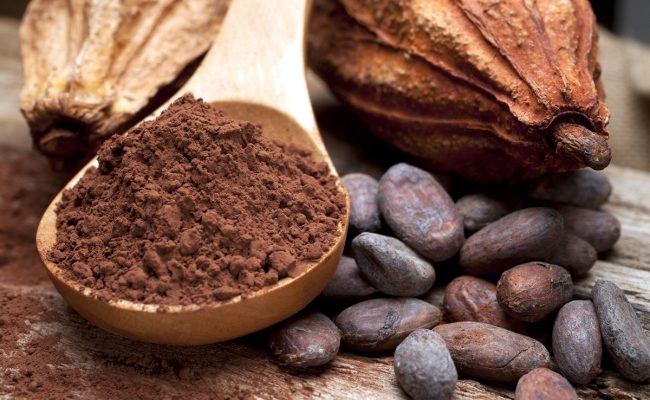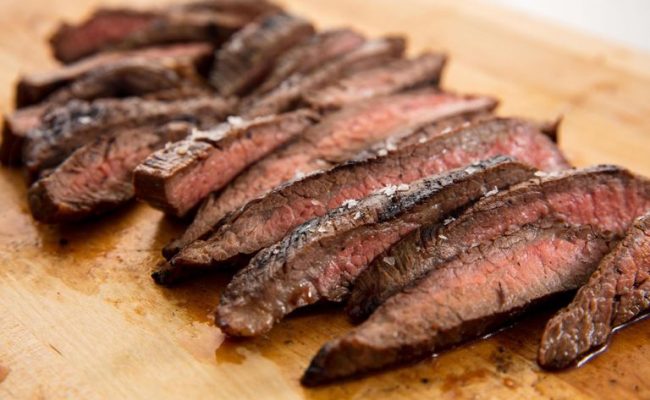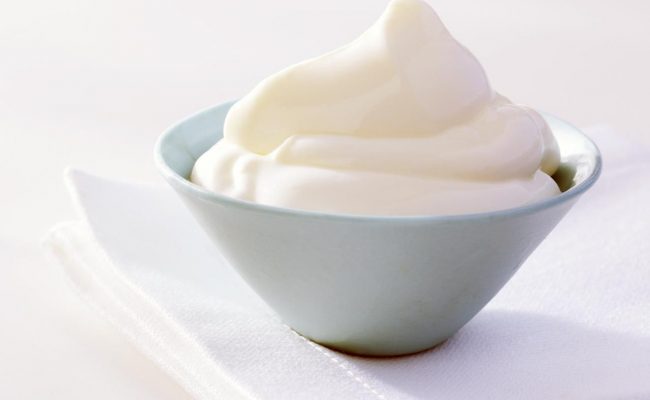
Carob can be used in similar ways chocolate can be used. Most major grocery stores offer at least one carob product next to chocolate items. Carob can be made into chips and powder that has a similar flavor as chocolate. So what is the difference between the two? Carob and cocoa are two different plants even though their pods look very similar.
Carob plants originate from the Mediterranean area. Carob and cocoa have some subtle taste differences, and there are some slight differences nutritionally.
Carob is in general lower in fat, can be higher in fiber and doesn’t have the stimulating effect of caffeine like items made from cocoa do.
Like cocoa products, carob can also be a source of antioxidants that are associated with some health benefits.
However, both carob and chocolate should be enjoyed in moderation and part of a balanced diet.
Difference between carob and chocolate
The pulp from carob pods are dried, roasted and ground into powder to make carob powder. This process is similar when making cocoa powder from cocoa beans.
Looking at carob powder or carob chips, you probably wouldn’t be able to distinguish it is from carob instead of cocoa.
Taste wise carob can be less bitter than cocoa and can have more of a roasted, nutty flavor.
One of the main differences between carob and cocoa is carob does not contain the caffeine or theobromine that cocoa does. Theobromine is a stimulant similar to caffeine.
The caffeine and theobromine content in cocoa is thought to give a rewarding or psychoactive effect from eating chocolate. Caffeine may help increase concentration or alertness in people.
A serving of 40 grams of dark chocolate provides about 25-35mg of caffeine and 200-300 mg of theobromine.
Theobromine is considered less potent compared to caffeine, but consuming chocolate, that has both, could exacerbate the stimulating effect from these compounds.
People who are sensitive to caffeine or want to avoid consuming caffeine can enjoy carob as a cocoa substitute.
How is carob used?
Carob can be used as a replacement for cocoa powder, chocolate chips or in other substitute forms of chocolate flavoring.
Carob chips may not melt as well as chocolate chips, so keep that in mind if you are baking with them.
Carob powder does not have a strong “chocolate” flavor, so you may want to use more carob powder in a recipe if using in place of cocoa powder.
The website www.cooksinfo.com suggests replacing 1 ½ to 2 parts carob for cocoa powder. You may also want to lower the sweetener amount if using carob, as it is naturally a sweeter taste than cocoa.
Nutritional profile of carob
Two tablespoons of carob chips provide about 3.5 grams of fat, 7 grams of sugar, 8 grams of carbohydrates, 2 grams of fiber and 2 grams of protein.
Compared to chocolate chips, carob chips will be lower in fat, higher in sugar and probably higher in fiber.
Carob powder will also be lower in fat and higher in fiber compared to cocoa powder. Carob is also a source for: B vitamins, copper, calcium, manganese, potassium, magnesium, zinc and selenium.
Carob contains twice the amount of calcium compared to cocoa powder.
Antioxidant source
Like cocoa, carob is a source of many antioxidants. One of the antioxidants carob provides is the mineral selenium.
Selenium may have a role in protecting against cancer cells, heart disease and impacting immune function. The selenium amounts in food can vary based on soil conditions of the plant.
Heart health
Carob is higher in fiber compared to cocoa. Therefore, adding carob powder to your diet can help boost your fiber intake.
Some research suggests the polyphenols from carob fiber may also help lower blood cholesterol levels.
A 2010 study concluded the consumption of carob fiber that is rich in polyphenols may be effective in prevention or treatment of high cholesterol.
WebMD gives carob’s effectiveness for treating high cholesterol possibly effective based on research evidence. Carob pulp especially has been researched for this effect.
If you are interested in increasing your carob intake or taking a carob supplement speak with your healthcare provider first.
Digestive health
Carob may be possibly effective for treating diarrhea. Carob powder or juice from raw carob may help lower duration of diarrhea.
More research is needed on specific guidelines for taking carob to treat diarrhea.
Is carob safe?
Carob is recognized as safe to consume. However, pregnant or breast-feeding women should consult their healthcare provider before taking carob in doses higher than in food amount.
Carob in supplemental form may warrant caution as regulation for supplements are not well regulated.
People with allergies to nuts or legumes may experience an allergic reaction to carob products, although this is rare.
Conclusion: Is carob healthy?
Carob can be considered part of a healthy diet. Carob can be used in place of cocoa products as an alternative that is caffeine free, higher in fiber and lower in fat.
Keep in mind though that just because a food contains carob, it doesn’t mean it is healthy.
For example, carob chip cookies should still be eaten in moderation. Just because it has carob chips doesn’t mean it is a health food.
Carob may be just one ingredient in a food. Therefore, check the whole label of foods with carob to determine how often these foods should fit into your diet.
Carob is generally considered safe for consumption. Like cocoa, carob can be a source of antioxidants.
Some research also suggests the fibers from carob may be helpful in lowering blood cholesterol levels.
Using carob in place of chocolate products may influence the taste and texture in recipes. Sugar levels may need to be adjusted accordingly as carob products are naturally sweeter than cocoa products.










